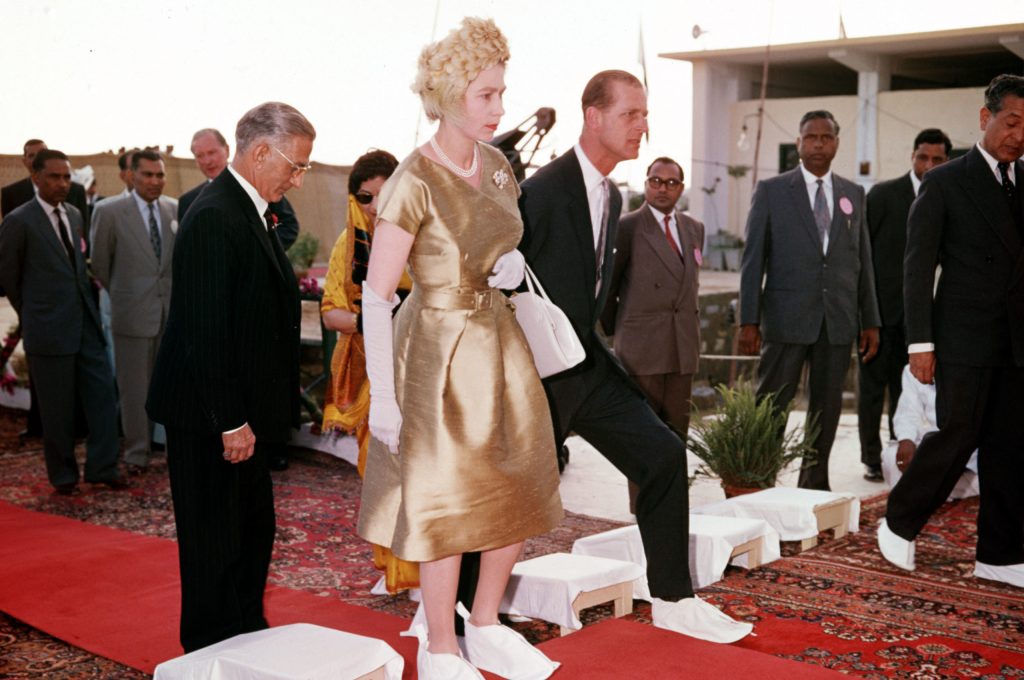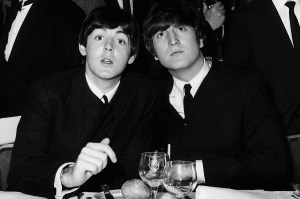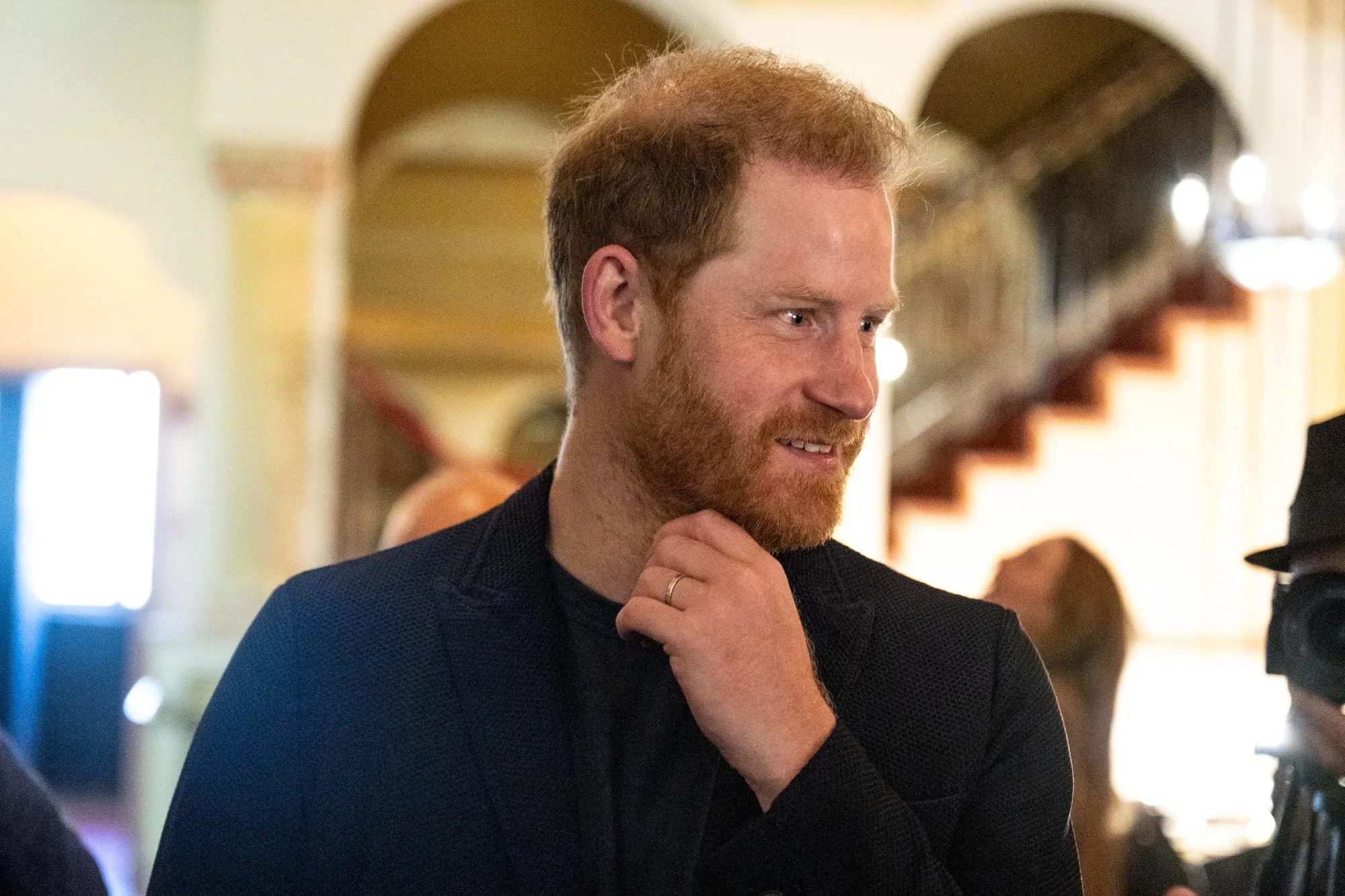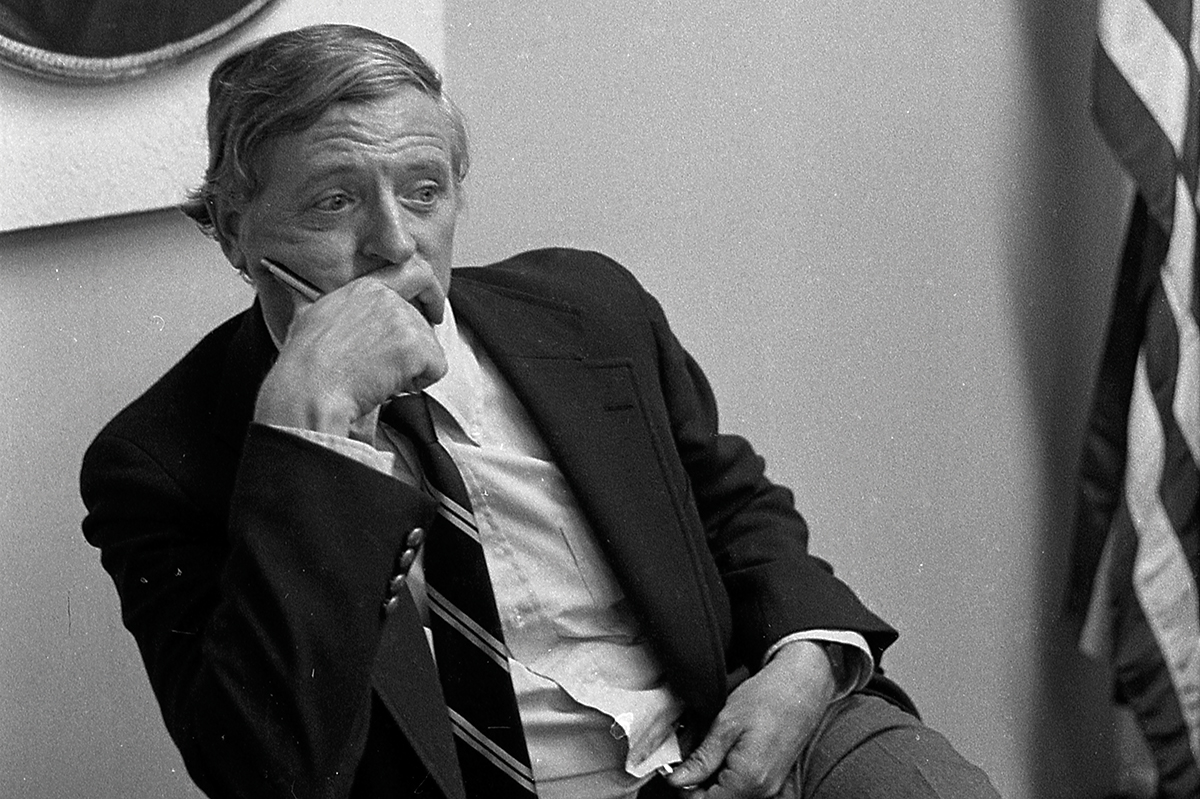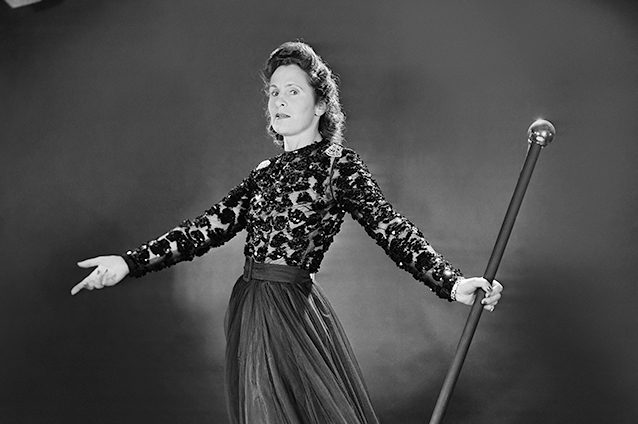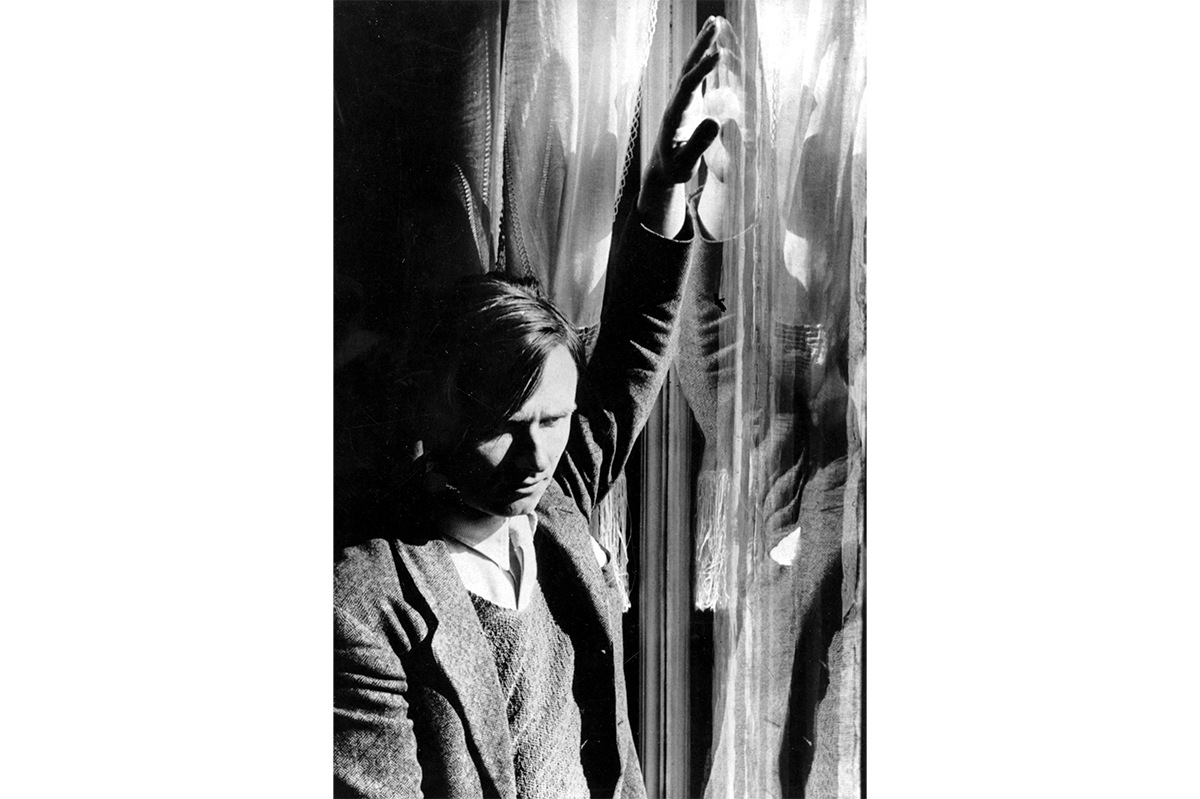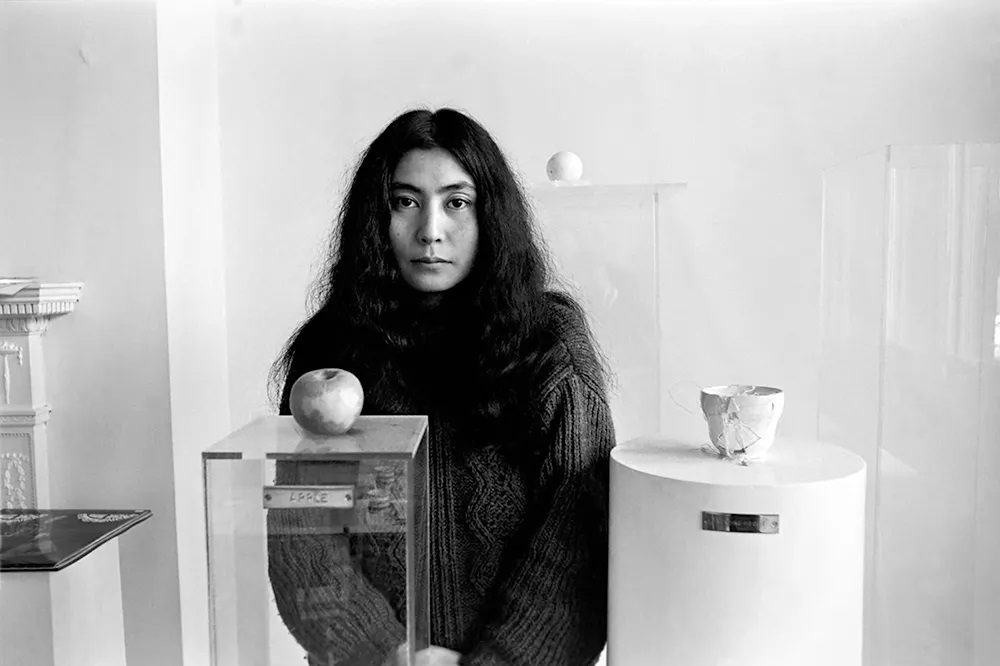In her 66 years on the throne the Queen has represented Britain on official visits to at least 126 countries or territories, some of them many times. Robert Hardman has had the idea to write about her reign, and about Britain, through these myriad voyages. He is right to call his book Queen of the World. There is no other.
He quotes Neil MacGregor, now the director of Berlin’s Humboldt Forum, pointing out that the Queen has officially entered the German language. The correct word for ‘queen’ used to be ‘die Konigin’; but now German grammar lists a new entry ‘die Queen’ and states: ‘There is no plural.’
Hardman argues that the meticulous care she has taken on all her overseas visits has done immeasurable good for the reputation of Britain — partly through the pleasure she has given everywhere she has been. It is clear that she is much admired even in communist countries, and that Britain is envied for having such a loyal head of state, who so perfectly embodies its history as well as its changing present.
The banquets and picnics, the triumphant voyages in Britannia, the carefully chosen official and private gifts, and the even more carefully chosen words — Hardman describes them all. He even describes Her Majesty’s choice of colors: ‘I can’t wear beige because people won’t know who I am,’ she once said. ‘And I have to be seen to be believed.’
But this is also a serious history of Britain’s role in the modern world. What makes Hardman a superb journalist and royal correspondent is his capacity for hard work as well as his extraordinary memory and witty, courteous style. Above all, he understands that the monarchy is not just a source of tabloid gossip but central to the unity of Great Britain, and never more so than in the decades since 1952. The Queen has been the one constant in a nation undergoing ceaseless change, if not turmoil.
And of course there have been even more radical changes abroad. Southern Rhodesia was a colony when the Queen first went there in 1947. She traveled to Pakistan in 1961 and again in 1997, by which time a large part of the country had broken away as Bangladesh, a new state which she also visited. Her first two trips to our defeated wartime enemy were to West Germany; the last three to the Federal Republic of Germany, which had reunited East and West.
Hardman writes:
Few things better illustrate the scale of change during this reign than the fact that most of the nations on earth have only come into existence since the Queen came to the throne. Yet she has visited most of them.
In many ways the book is a behind-the-scenes primer on the birth pangs of many of these countries, particularly the new members of the Commonwealth which gained independence in the late 1950s and 1960s. Central to the Queen’s work has been her support for the Commonwealth, which Hardman shows has been crucial to its survival. It’s an enthusiasm that has been inherited by Prince Charles, as well as by his sons. Princes of the world, perhaps.
One exciting section reveals the fear of missile attacks on the Queen’s plane when she visited Lusaka for the Commonwealth Conference of 1979, at a time when Rhodesian white rule was a hugely divisive issue. President Kaunda planned to make an incendiary speech about Rhodesia and Mrs Thatcher, which could have torn the Commonwealth apart. The Queen gently persuaded him not to. Thanks to her guidance, the Conference was an unexpected success which, Hardman shows, was a crucial step in assisting both the end of the long civil war in Rhodesia, the creation of Zimbabwe and eventually the end of apartheid in South Africa.
The Queen has loved South Africa since her first visit in 1947 when, on her 21st birthday, she pledged her lifelong service to Britain and its then empire. In 1995, she returned on an emotional visit, and developed an extraordinarily warm relationship with Nelson Mandela — who was probably the only head of state to call her Elizabeth.
On her truly historic and moving 2011 visit to Dublin, she arrived in emerald green and, speaking a few words perfectly in Gaelic, admitted that
our islands have experienced more than their fair share of heartache, turbulence and loss.With the benefit of historical hindsight, we can all see things which we would wish had been done differently or not at all.
The most astonishing result of that visit was her shaking hands a year later with Martin McGuinness, ‘the former terrorist and IRA capo-turned-politician’. McGuinness, after all, had once been ‘hell-bent on exterminating her entire family’. David Cameron told Hardman that the handshake was ‘the most transformative bit of diplomacy I have seen’. The Queen was more modest: ‘What was I meant to do? Of course I shook his hand. It would have been awkward not to.’
Hardman’s book, filled with new details, will be an essential source for any historian of modern Britain. It’s also a glorious read. As Andrew Roberts says: ‘The Netflix series, The Crown, is fictional. This is the real thing.’
This article was originally published in The Spectator magazine.



